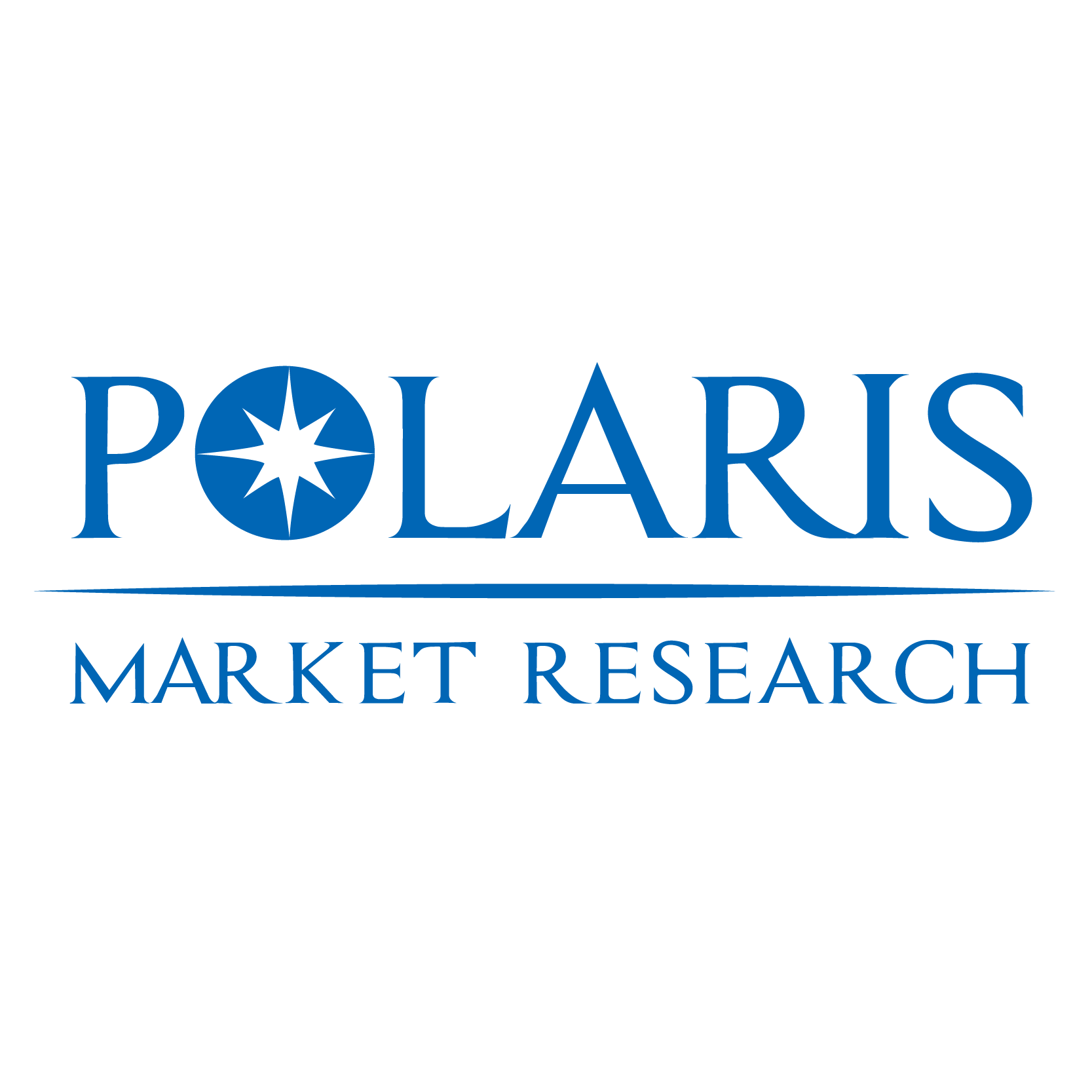The global Closed System Transfer Devices (CSTD) Market was valued at USD 1,098.72 million in 2024 and is projected to grow significantly, reaching USD 1,270.56 million in 2025 and USD 4,753.71 million by 2034. This impressive growth reflects a compound annual growth rate (CAGR) of 14.1% during the forecast period. The expansion is primarily driven by increasing awareness of the occupational hazards associated with hazardous drug handling, along with stringent regulatory mandates for ensuring safety in healthcare settings.
Closed system transfer devices are designed to prevent the escape of hazardous drug vapors, aerosols, and liquids during drug preparation and administration. These systems protect both healthcare workers and patients by reducing the risk of drug contamination and exposure. Their use is increasingly being mandated or recommended by healthcare authorities, particularly in oncology departments where exposure to cytotoxic drugs is a major concern.
Market Overview
The market for CSTDs is segmented based on device type, technology, end-users, and geography. The main device types include membrane-to-membrane systems and needleless systems, both of which have seen increased adoption due to their ability to minimize exposure risks. Technological innovations in drug delivery and safety features continue to drive demand for newer, more efficient CSTDs.
The rapid evolution of healthcare regulations and guidelines, particularly in developed regions, is a key factor propelling the adoption of CSTDs. Additionally, the growing number of oncology cases, expansion of chemotherapy treatments in outpatient settings, and heightened hospital safety standards are contributing to the rising demand for these systems.
Browse Full Insights: https://www.polarismarketresearch.com/industry-analysis/closed-system-drug-transfer-device-market
Country-wise Market Trends
United States: The U.S. represents the largest market for closed system transfer devices, thanks to strong regulatory support from agencies like the Occupational Safety and Health Administration (OSHA) and the National Institute for Occupational Safety and Health (NIOSH). Hospitals and clinics are increasingly integrating CSTDs to comply with USP <800> standards and safeguard healthcare workers involved in the handling of hazardous drugs.
Canada: In Canada, growing attention to occupational health and patient safety is driving the adoption of CSTDs in oncology and pharmacy settings. Provincial health authorities are promoting safer practices in drug compounding and delivery, leading to a rise in procurement of CSTDs across hospitals and cancer treatment centers.
Germany: Germany’s advanced healthcare infrastructure and strict compliance with EU safety norms are contributing to the widespread use of CSTDs in medical facilities. The emphasis on worker protection and prevention of drug leakage or cross-contamination is leading hospitals to invest in high-quality safety devices.
France: France has made significant strides in improving oncology care and healthcare worker safety. Government initiatives to equip public hospitals with advanced drug-handling equipment are supporting the growth of CSTDs. Increasing investments in cancer care facilities further fuel demand for secure drug administration tools.
United Kingdom: The UK market is seeing notable growth due to the NHS’s adoption of guidelines aimed at improving safety in chemotherapy drug handling. The focus on reducing workplace hazards in pharmacy settings has driven interest in CSTDs. Additionally, technological upgrades in healthcare systems are accelerating market adoption.
China: China’s closed system transfer devices market is growing rapidly, spurred by the country’s healthcare modernization programs and increasing burden of cancer. Efforts to align domestic hospital practices with international safety standards are encouraging the use of CSTDs in tertiary and urban healthcare facilities.
India: In India, the rising incidence of cancer and growing focus on healthcare safety are influencing the market positively. While CSTDs are still in early stages of adoption in many regions, leading private hospitals and specialty clinics are integrating these systems as part of quality assurance and risk management protocols.
Japan: Japan’s aging population and sophisticated healthcare system make it a promising market for CSTDs. The country’s strong regulatory frameworks and high adoption of safety equipment in hospitals support increased penetration of closed system technologies, especially in oncology departments.
Brazil: Brazil is showing strong potential for growth in the CSTDs market, driven by the expansion of its public healthcare system and cancer treatment infrastructure. Awareness programs and partnerships between hospitals and health agencies are improving adoption rates of protective drug-handling systems.
Mexico: Mexico’s healthcare sector is increasingly prioritizing workplace safety in hospital pharmacies and oncology centers. Support from national health authorities and international collaborations on healthcare quality are helping introduce CSTDs to reduce accidental exposures and ensure better safety protocols.
Saudi Arabia: Saudi Arabia is investing heavily in healthcare modernization, particularly in cancer care services. The country’s drive to align with international medical safety practices has led to increased demand for CSTDs, especially in large hospitals and specialized treatment facilities.
South Africa: In South Africa, growing awareness about occupational health risks and the need for safe handling of hazardous drugs are boosting the demand for CSTDs. Adoption is being aided by partnerships between public health agencies and international safety organizations.
Conclusion
The Closed System Transfer Devices market is on a dynamic growth path, fueled by regulatory mandates, increased healthcare investments, and growing awareness about the dangers of hazardous drug exposure. As more countries prioritize healthcare worker safety and adopt international safety standards, the demand for CSTDs is expected to expand rapidly across both developed and emerging economies.
More Trending Latest Reports By Polaris Market Research:
Infectious Disease Diagnostics Market
Continuous Glucose Monitoring Device Market
Digital Transaction Management Market
Breastfeeding Accessories Market
Rabies Veterinary Vaccine Market









